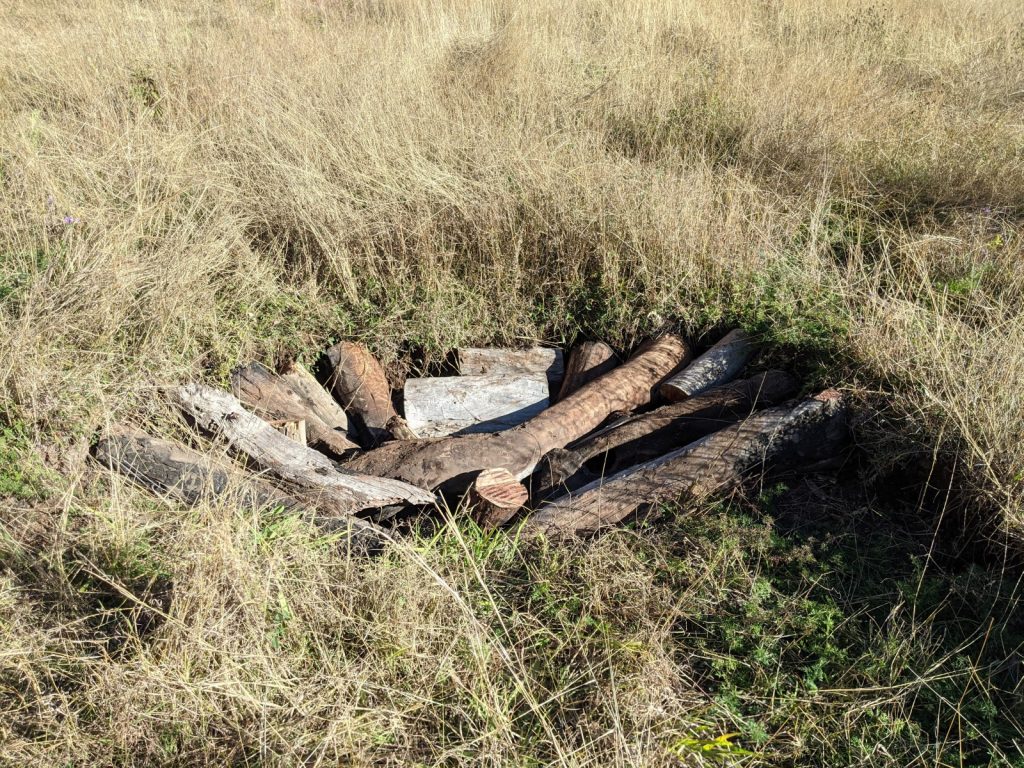Sowing of this winters crop began mid April, with the no-till seeder. That activity spread out over quite a few weeks, and I wrote about it a little in this blog post (that post contains a list of species planted).
Last weekend I took a series of photos, showing growth over the 2 – 3.5 months since it was sown. Overall, it has not gone as well as I would like. Growth has been best in the Eastern Area, with some thick lush growth in a few areas, and good steady growth in most:
Continue reading
